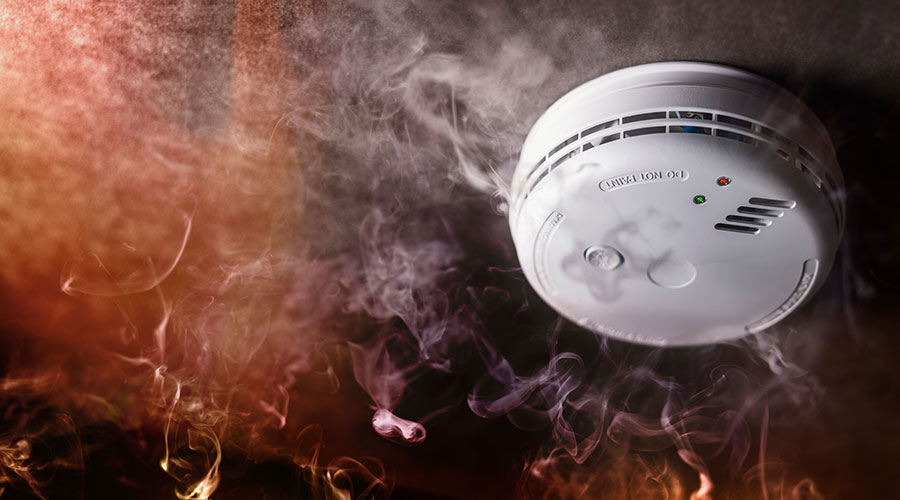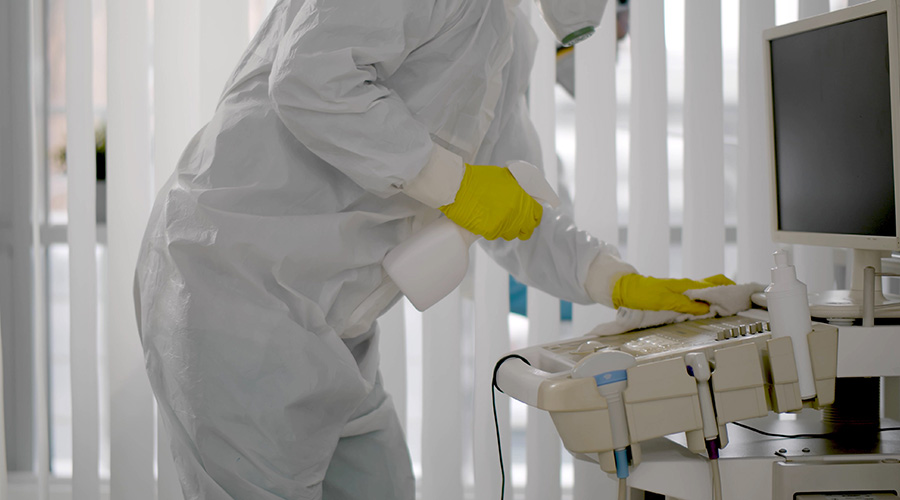Evacuating patients during an emergency is vital to keeping them safe from potential hazards such as smoke or fires. A hospital in Ohio recently faced such a situation where they had to quickly evacuate 55 patients.
Berger Hospital in Circleville, Ohio, was evacuated after smoke was discovered in the basement, prompting a response from multiple fire agencies, 10 WBNS reports. The source was traced to an overheated pump, but a total of 55 patients were relocated or discharged. No fire occurred as a result.
Emergency evacuations underscore the need for robust emergency preparedness plans as they help facility managers and staff respond effectively to a crisis to ensure patient safety and operational continuity. Evacuations in healthcare facilities also differ from other occupancies not just in urgency, but in execution as well.
Not all emergencies require a full evacuation. Some scenarios call for the defend-in-place approach where trained building staff provide protection and safety for other occupants.
Related Content: 3 Misconceptions About Healthcare Fire Safety
“Healthcare differs greatly from other building types because they often rely on either a partial evacuation or relocation strategy. Sometimes, there is even a shelter in place or what is called a defend in place strategy in healthcare,” Larry Rietz, vice president, global service line leader fire detection and alarm at Jensen Hughes, told Healthcare Facilities Today. "That is very, very different than a business occupancy where an incident happens and your job is to get out or in an educational occupancy where a fire alarm goes off and the children need to egress.”
Facility managers must be prepared for multiple types of evacuation scenarios. One strategy is to break up a healthcare facility into smaller zones that are built with protection inside of them, such as smoke barriers or fire barriers. This is done so when an emergency happens somewhere in a facility, occupants can be moved away from the zone where it’s happening.
Frequent drilling is also key to navigating emergencies successfully. Drills must be conducted quarterly on each shift to familiarize facility personnel with the signals and emergency action required under varied conditions, according to NFPA 101.
While healthcare facility managers can’t always predict the next threat, proper preparation can help them respond confidently and effectively.
Jeff Wardon, Jr., is the assistant editor of the facilities market.

 Why Identity Governance Is Becoming a Facilities Management Issue
Why Identity Governance Is Becoming a Facilities Management Issue Habitat Health Opens South Los Angeles PACE Center
Habitat Health Opens South Los Angeles PACE Center Denton County MHMR Center Suffers a Data Breach
Denton County MHMR Center Suffers a Data Breach What Every EVS Leader Needs To Know
What Every EVS Leader Needs To Know Blackbird Health Opens New Clinic in New Jersey
Blackbird Health Opens New Clinic in New Jersey